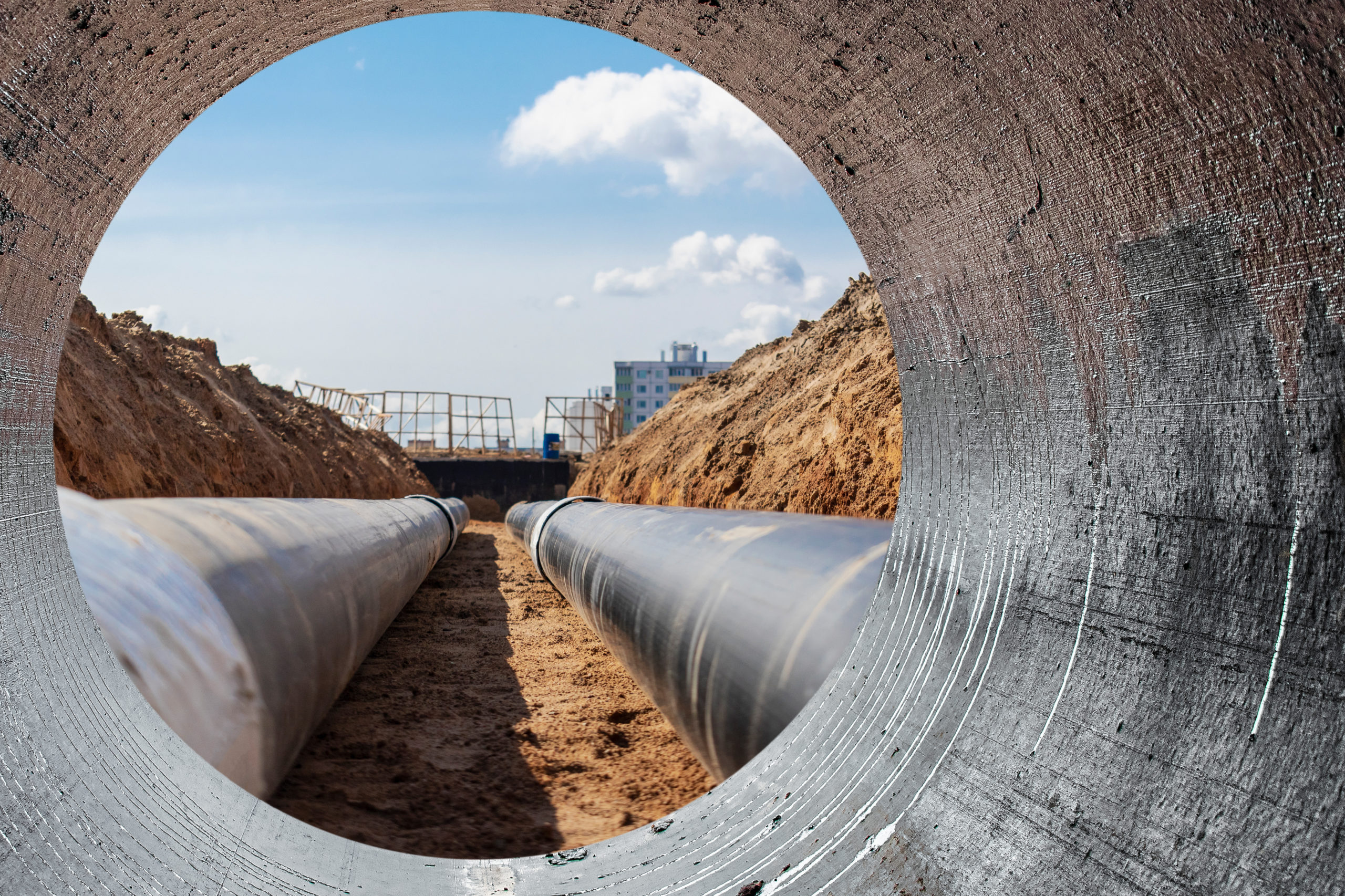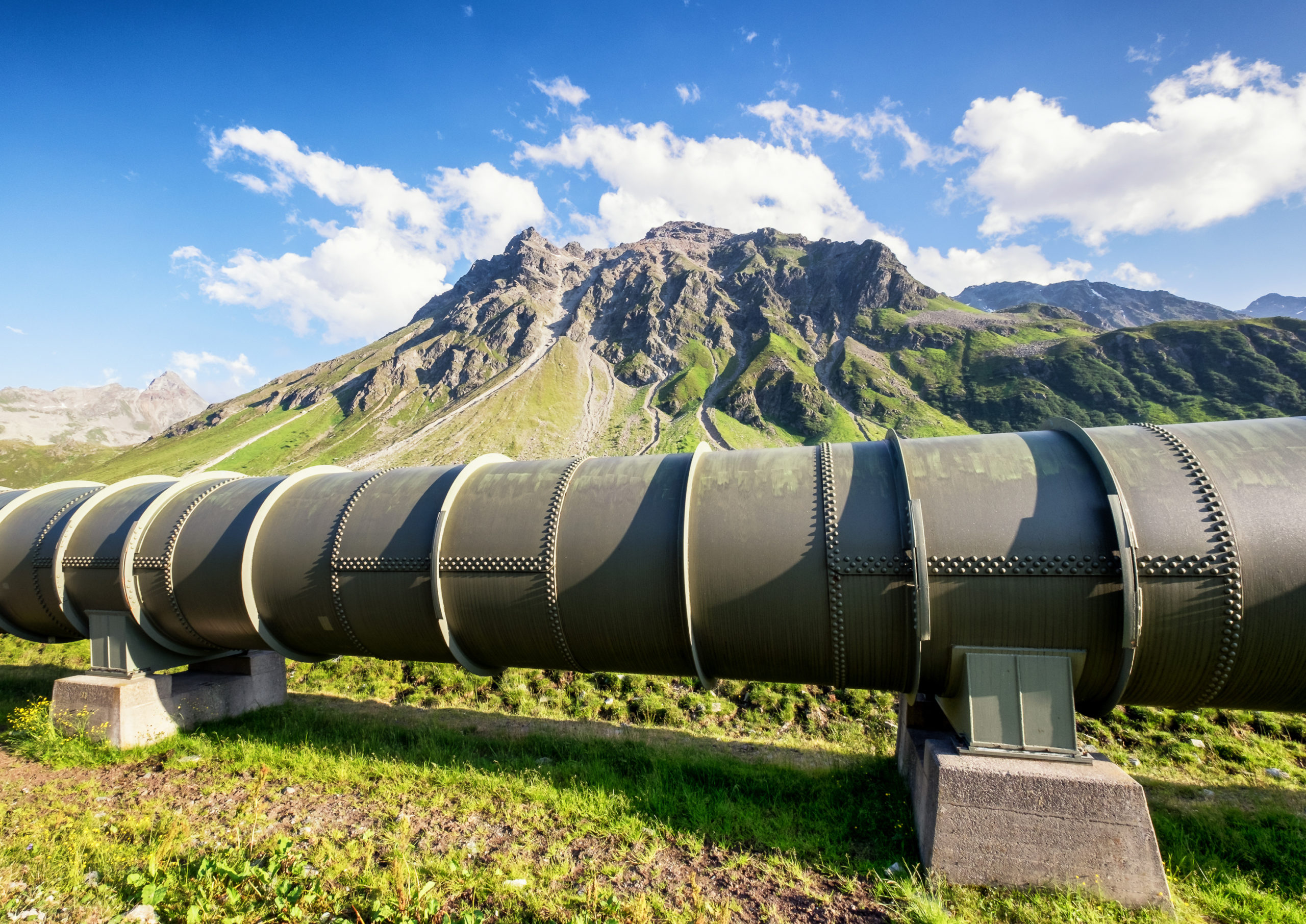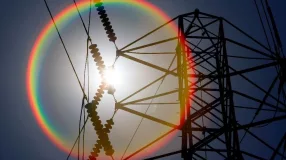The 2018 Winter Olympics are officially here! The 2018 Winter Olympics kicked off on Friday, February 9, with the final leg of the torch relay and the lighting of the Olympic cauldron by South Korean figure skater Yuna Kim. While the games have officially begun and many of the athletes are competing in their events, the opening ceremony is still fresh on the minds of people all over the world. South Korea displayed futuristic technology balanced with meaningful symbolism in the opening ceremonies, capped off by a dramatic cauldron lighting that included unique features. As the games unfold over the month, natural gas will play a behind-the-scenes role in delivering many key elements of the games.
The Torch and Cauldron
The most recognized tradition in the Olympic games is the torch, a symbol of the historic competition since 1928. This year, the flame was ignited on October 24, and made its way from Olympia, Greece to South Korea where the cauldron was lit. The cauldron’s fuel is different for each Olympic game, but natural gas has made a significant impact on how each torch and cauldron is fueled over the years.
The 1988 Calgary Olympics is remembered for many achievements: the Jamaican Bobsleigh team, Dutch speed skater Van Gennip defying the odds and winning triple gold and Italian star Tomba the Bomba dominating skiing. This also marked the first year natural gas was used in cauldrons. Ten years later, the 1998 Nagano Olympics cauldron featured a natural gas burner set at a 30 degree include so the flame that could be seen throughout the stadium.
For the London summer games in 2012, the event’s Organizing Committee instructed designer Thomas Heatherwick to construct the cauldron to be as environmentally friendly as possible. He took the instruction and designed a smaller cauldron using less material, requiring less energy and fewer natural resources to manufacture. Fueled by natural gas, the flame was made adjustable, so overnight organizers could decrease natural gas usage to just 15 percent of daytime levels.
This year, the cauldron for the 2018 Olympics is a white tower visible atop one of the corners of the Olympic stadium. While we don’t know yet how it is fueled, it’s considered the most traditional cauldron setup since the 2008 games in Beijing.
The Lights
Each opening ceremony brings a show that is special to the host country. This year, over 1,200 drones with LED lights were used to light up the sky and set the Guinness World Record for the number of drones flown at the same time. The drone show, put on by Intel’s Shooting Star platform, enabled foot-long, eight ounce plastic and foam quadcopters to fly in sync. The drones were capable of showing off over four billion color combinations in images like a snowboarder and the Olympic rings.
The drones weigh a little more than half a pound, are made of foam and plastic and are equipped with LED lights. The flexible plastics made for the drones are produced from raw material formation by separating hydrocarbon chemicals from fuels such as natural gas. From there, the conversion process continues into different combinations to create plastics with different properties.
The Uniforms
With the colder weather, Ralph Lauren designed the first-ever battery powered heated parka for the athletes to wear at the opening ceremony Parade of Nations. The average battery is made of 25 percent steel which could not have been manufactured without natural gas heating the furnaces and power generators to produce the steel.
These parts of the opening ceremony barely scratch the surface as to what natural does for the activities and events surrounding the Olympics. As the Olympics continue, watch for updates from America’s Energy Link about the important roles natural gas plays in each of the events.







